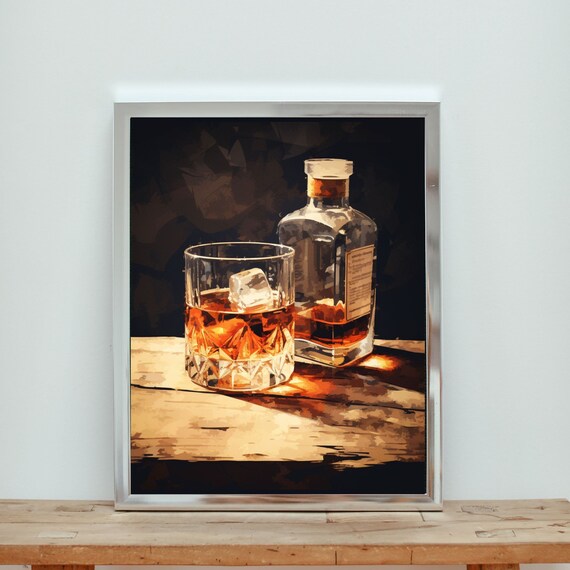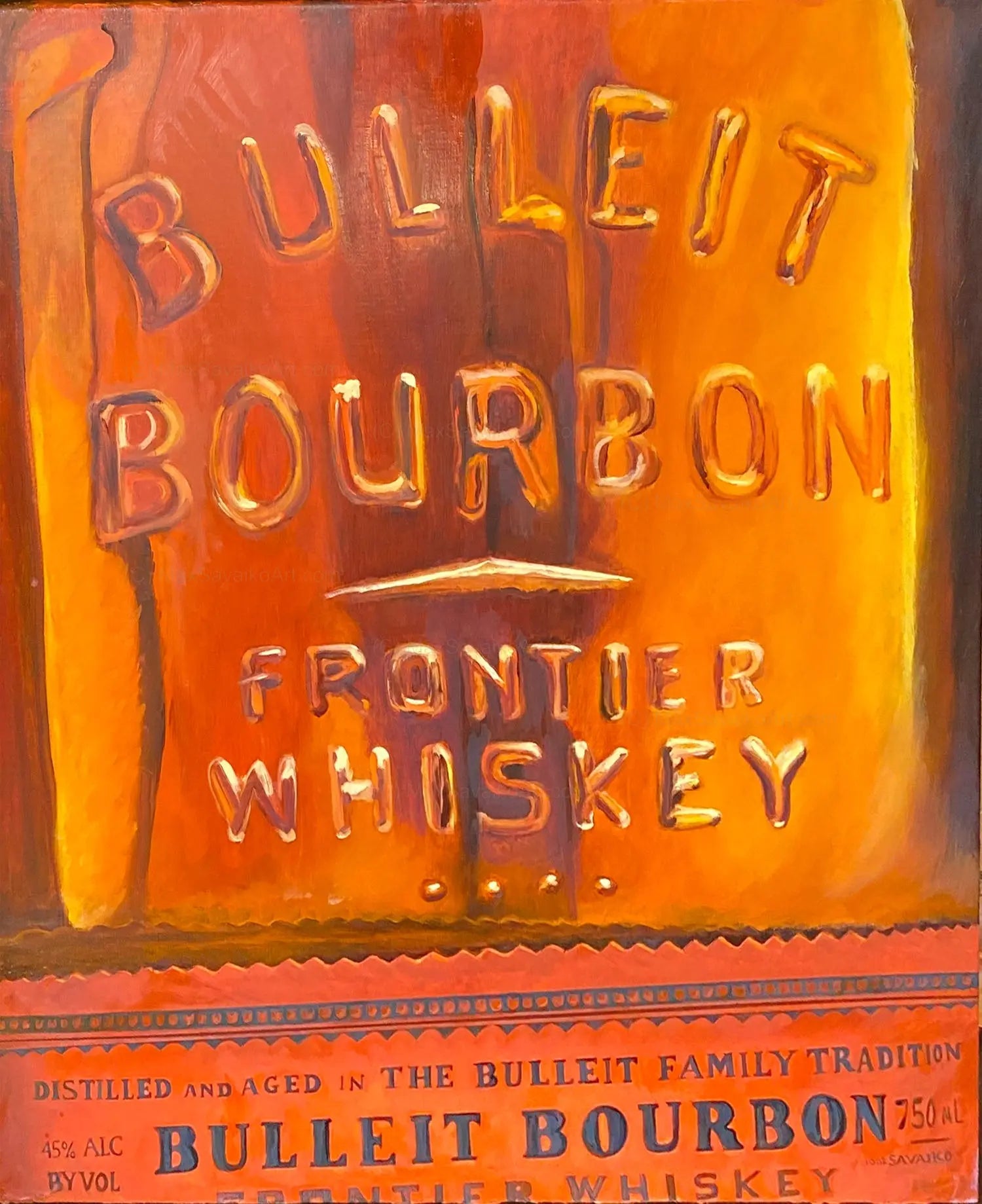Realism Art in the Whiskey Market: Portraying Moments of Purification
Realism Art in the Whiskey Market: Portraying Moments of Purification
Blog Article
Recording the Essence of Whiskey Art With Distinct Aesthetic Representations and Styles
The art of bourbon extends beyond the liquid itself, showing up through a range of aesthetic depictions that encapsulate its storied heritage and craftsmanship. What continues to be to be uncovered is how these progressing styles show not just the whiskey itself but likewise the changing landscape of creative analysis. Realism Art.
The History of Whiskey Art

As scotch production spread, so too did the need to raise its experience through art. From the detailed inscriptions on very early casks to the intricate tags of contemporary containers, each element shows an one-of-a-kind creative vision, acting as an aesthetic narrative of the whiskey's heritage.
In the 18th and 19th centuries, the surge of the industrial transformation further boosted bourbon art, causing cutting-edge product packaging and advertising and marketing that recorded customer attention. Designers and artists began trying out aesthetics, imbuing whiskey-related images with symbolic significances that conveyed notions of area, workmanship, and tradition.
Today, scotch art remains to evolve, mixing traditional methods with contemporary art kinds. Bourbon Art. This ongoing discussion between the spirit and its graph highlights the long-lasting bond in between scotch and culture, enhancing the overall experience for fanatics worldwide
Iconic Container Designs
While many factors add to the attraction of whiskey, renowned bottle styles play a pivotal function in shaping customer perception and enhancing the total experience. The aesthetic presentation of bourbon containers is not simply an aesthetic factor to consider; it works as a bridge in between the product and the consumer, stimulating emotions and establishing assumptions.
Unique forms, materials, and closures can raise a bourbon brand name's identity, making it quickly identifiable on jampacked shelves. For instance, the classic Glenfiddich bottle, with its classy tapered shape, shares a sense of practice and craftsmanship, while the vibrant, modern-day design of the Balvenie bottle reflects development and sophistication. The usage of colored glass or special appearances can suggest the top quality and character of the scotch within.
Iconic styles usually integrate components of cultural heritage, representing the brand name's background and link to its roots. Brands like Jack Daniel's utilize a simple, durable layout that resonates with its American scotch heritage. Eventually, the influence of bottle design prolongs beyond mere capability; it envelops the essence of the brand name, welcoming customers to indulge and discover in the rich tapestry of whiskey culture.
Label Artwork and Branding
Bottle styles typically establish the phase of what customers can expect, however label artwork and branding play an equally significant role in communicating a whiskey's identity. The tag works as the initial factor of call in between the consumer and the product, encapsulating the significance of the bourbon within its aesthetic elements.
Effective tag art work integrates typography, color, and imagery to create a story that reverberates with the brand's heritage and target audience. As an example, a tag featuring elaborate illustrations and classic font styles may stimulate a sense of tradition and workmanship, attracting aficionados. In contrast, vibrant colors and modern style elements could attract a more youthful market looking for advancement and excitement.


Photography and Visual Storytelling
Capturing the significance of whiskey via photography and aesthetic storytelling is an art kind that raises the brand experience. This tool goes beyond mere product representation, diving into the elaborate stories that border each container. By utilizing compelling images, photographers can stimulate emotions that reverberate with customers, inevitably forging a deeper link to the bourbon brand name.
Aesthetic narration in bourbon photography typically makes use of rich structures, illumination, and make-up to highlight the one-of-a-kind characteristics of the spirit. The interplay of light and shadow can accentuate the amber hues of whiskey, while the choice of background elements-- such as rustic barrels or elegant glassware-- can reinforce the brand's heritage or way of living associations.
Moreover, recording the ceremonial facets of scotch usage, from the pouring to the tasting, invites visitors right into a sensory experience, enabling them to envision the flavors and scents that await. Each picture not just showcases the product however likewise narrates of workmanship, custom, and the moments that whiskey can boost - Realism Art. Therefore, photography becomes an effective tool in expressing the identity of scotch brands, placing them within the more comprehensive cultural landscape
Arising Patterns in Bourbon Art
The development of scotch art is significantly shaped by modern fads important link that mirror more comprehensive societal shifts and consumer choices. One famous trend is the integration of sustainability into art practices. Artists are now utilizing redirected here recycled materials and eco-friendly procedures to develop whiskey-themed pieces, reverberating with environmentally aware customers. This shift not only highlights the importance of sustainability but additionally boosts the story surrounding bourbon manufacturing.
Additionally, digital art has risen in popularity, enabling ingenious representations of whiskey. Musicians are leveraging technology to craft immersive experiences, such as increased reality installations that engage visitors and give a deeper understanding of scotch's cultural significance. This trend likewise extends to social media sites systems, where aesthetically striking content amasses focus and cultivates area amongst lovers.
Moreover, cooperations in between bourbon brand names and artists are ending up being a lot more commonplace. These collaborations yield limited-edition packaging styles and unique art work that celebrate both the craftsmanship of whiskey and the imagination of musicians. As scotch art remains to advance, these arising fads will most certainly form its future, cultivating a dynamic intersection of society, sustainability, and modern technology within the bourbon neighborhood.
Conclusion
In verdict, the art of whiskey encompasses a diverse variety of graphes that mirror its abundant heritage and craftsmanship. From renowned bottle layouts and detailed label artwork to compelling digital photography, each element adds to a broader narrative that improves the consumer's experience. As arising trends, such as digital art and sustainability, remain to shape this artistic landscape, the multifaceted identity of scotch remains a withstanding resource of social connection and expedition.

In conclusion, the art of bourbon incorporates a diverse array of aesthetic depictions that show its rich heritage and workmanship.
Report this page